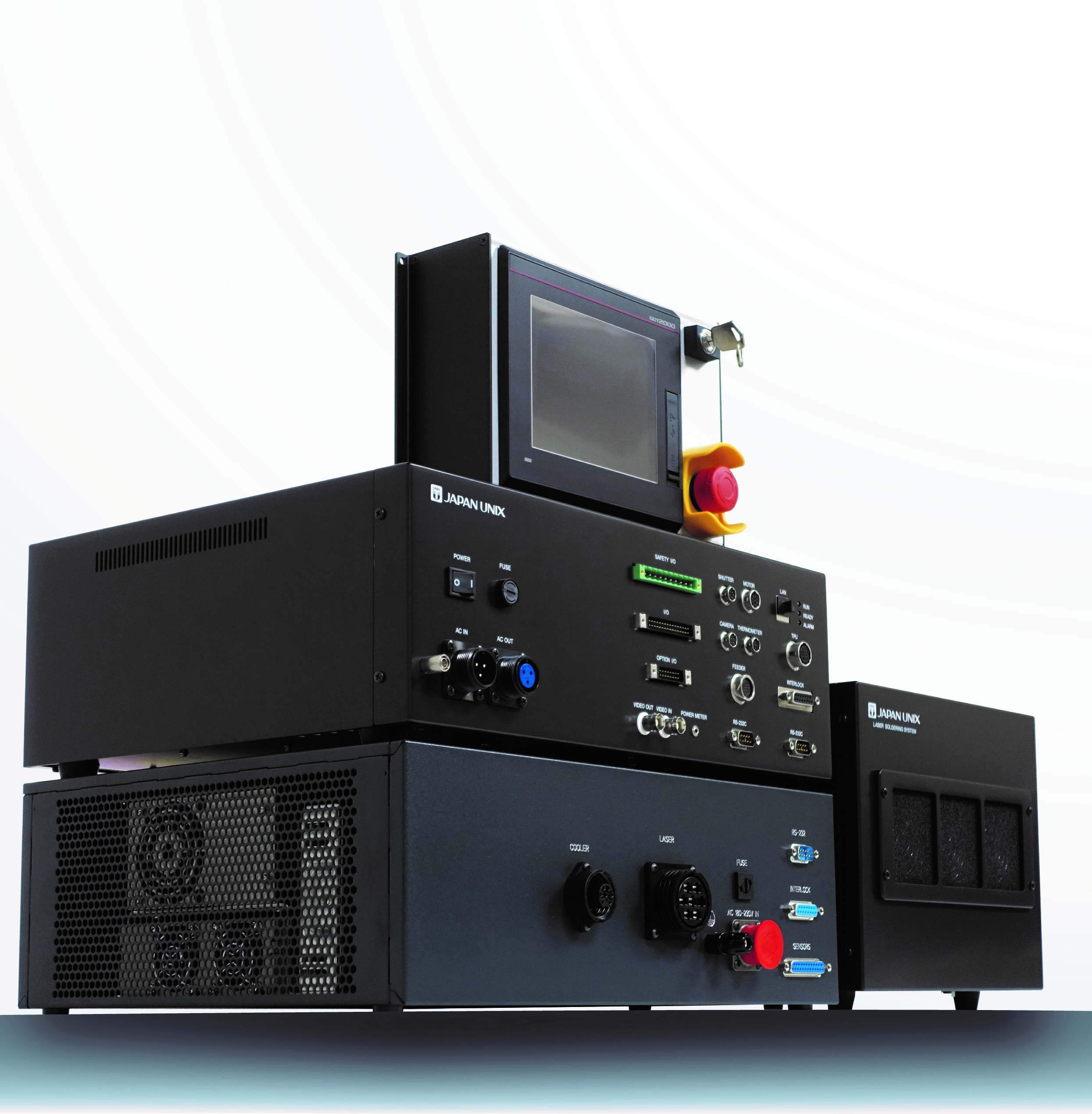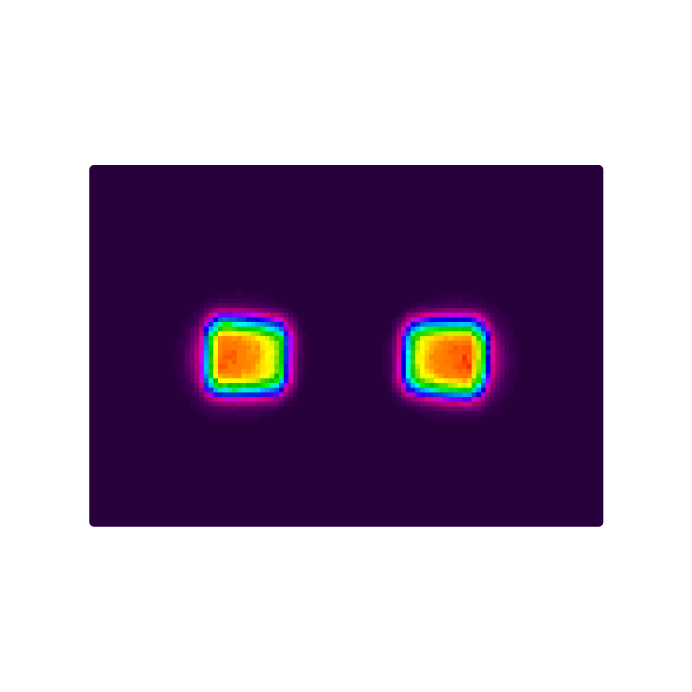Laser Soldering
Laser Soldering Solutions for Precision and Productivity
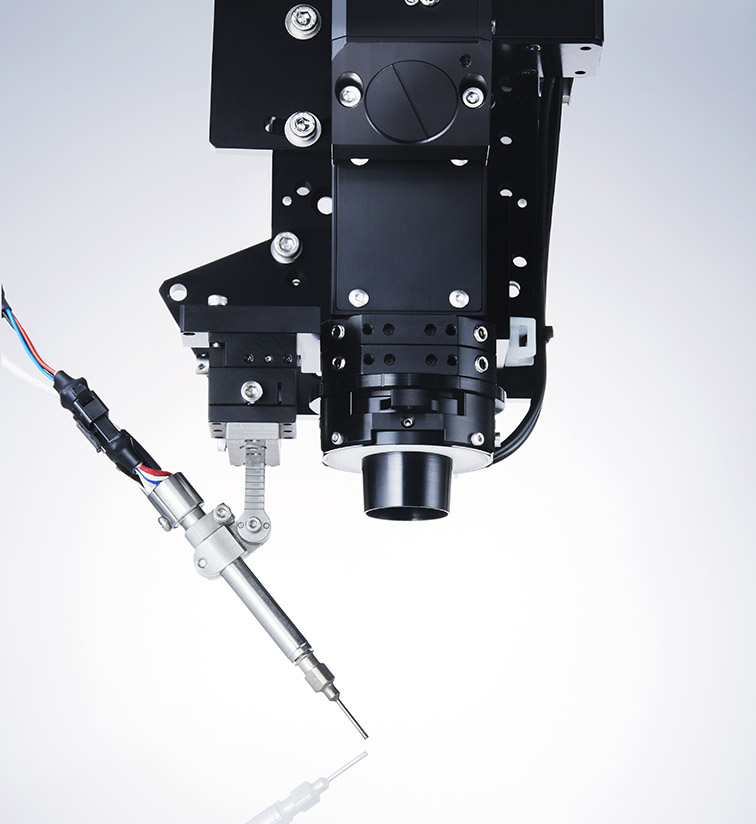
As electronic circuit boards become thinner and components more complex and multilayered, technology is advancing so rapidly that traditional soldering methods can no longer keep up. Laser soldering enables precise soldering in ultra-fine areas that are difficult or impossible to reach with conventional soldering irons. We have extensive experience working with both solder paste and wire solder.
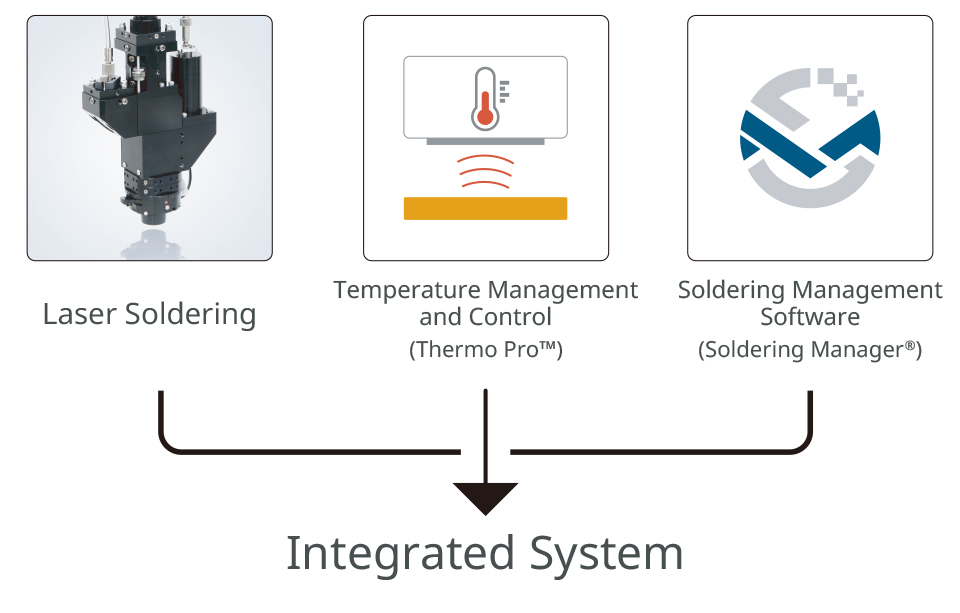
JAPAN UNIX Laser Systems
Advancing quality and innovation.
Laser soldering enables not only advanced soldering, but also innovations in process control and quality management.
Japan Unix’s unique laser soldering system integrates a high-performance laser soldering unit, precise temperature control, and powerful management software—delivering a complete solution for modern production.

What is the difference between a “surface heat generation” and “thermal conduction”?
In soldering, tip soldering is basically a 3 step process that encompasses pre-heating of soldering points, applying heat to supply the solder, and then post-heating to shape the solder and finish it. This workflow is the same whether using iron tip soldering or laser soldering, but the method of applying heat to supply the solder differs, and this is very important to understand.
Feature
ULD-02 Laser Soldering Unit for a New Era of Connected, Visualized Soldering
Now that laser soldering has been established as one of the post-processing methods, the new laser soldering unit has been developed to achieve a higher level of process control than simple soldering. In particular, traceability and temperature measurement and control functions have been improved.
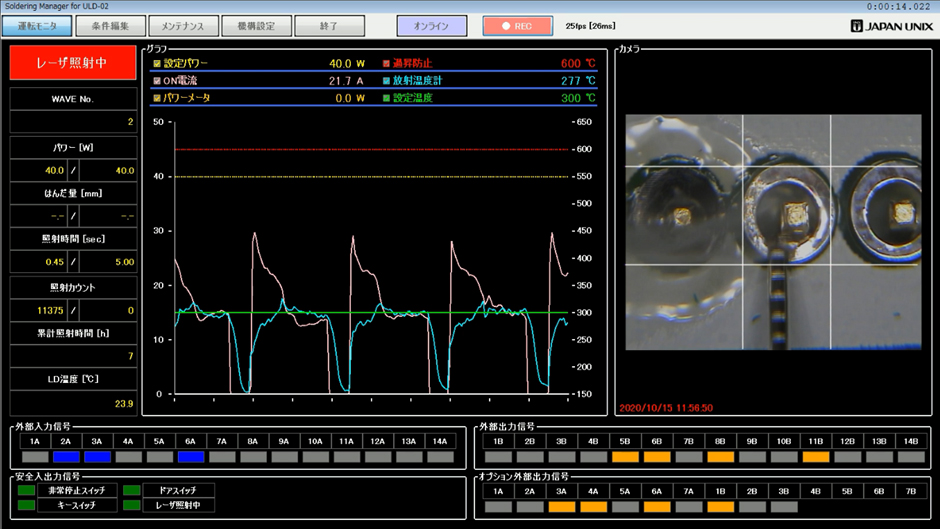
Advanced Process Control with Thermo Pro™ and Soldering Manager
In addition to conventional laser soldering control elements (power, time, etc.), the Thermo Pro™ temperature control function enables temperature management and control during soldering. In addition, when used in conjunction with the Soldering Manager Pro soldering management software, it is possible to monitor each soldering condition in real time and store the data on a PC. A video storage function using a coaxial camera can also be installed, allowing improved production control even from a distance.
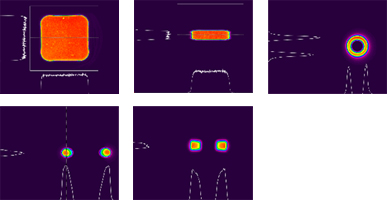
Optimized laser shape improves soldering efficiency!
Supports both SMT and rework
Optimized laser shape for highly efficient heat delivery. Supports not only perfect circles, but also ellipses, squares, rings, and other irregular shapes. Multi-φ function changes the laser spot size without changing the Z-axis (working distance). Optimization of laser geometry is possible even with different pad sizes. Area Laser is not limited to conventional post-process soldering, but also supports SMT as a local reflow process, and is compatible with Thermo Pro™ and Soldering Manager Pro, allowing visualization of the reflow process.
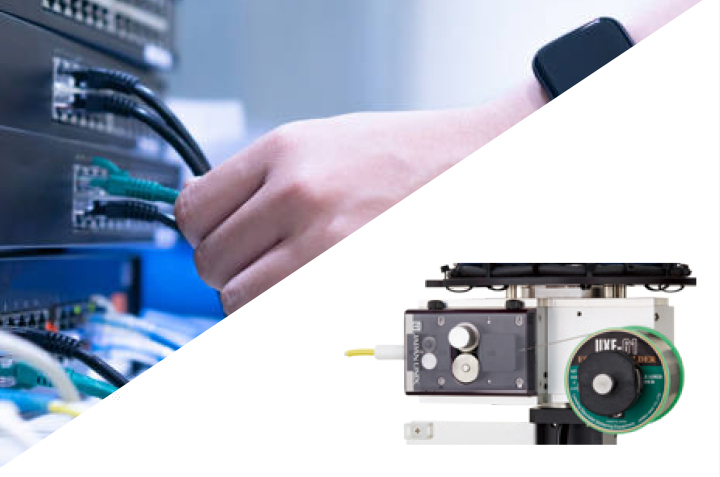
Equipped with external editing function
Data link communication allows external editing of conditions. Enables consistent interface design and easy condition editing even in highly integrated facilities.
Solder feed control is also available
The ULD-02 controller also controls the resin solder. One controller can control laser and solder together for easier operation.
Options and Solutions
Thermo Pro™
Temperature Control Function
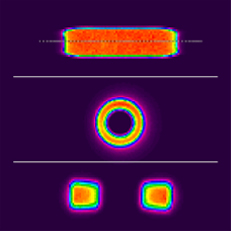
Atypical Spot Laser
Adjustable spot shape and diameter.
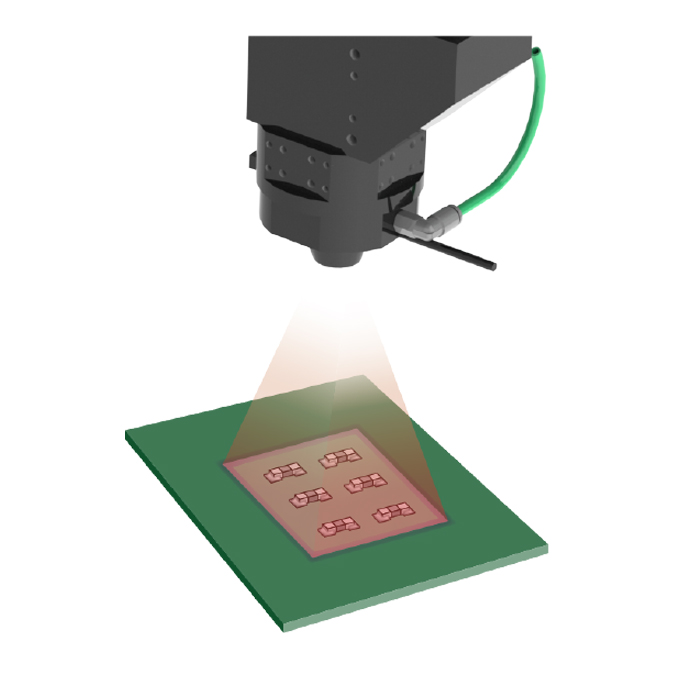
Area Laser
Simultaneous Multi-Point Soldering
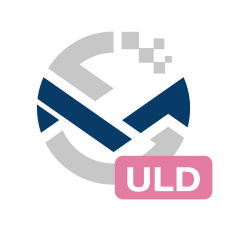
Soldering Manager
Soldering Management Software
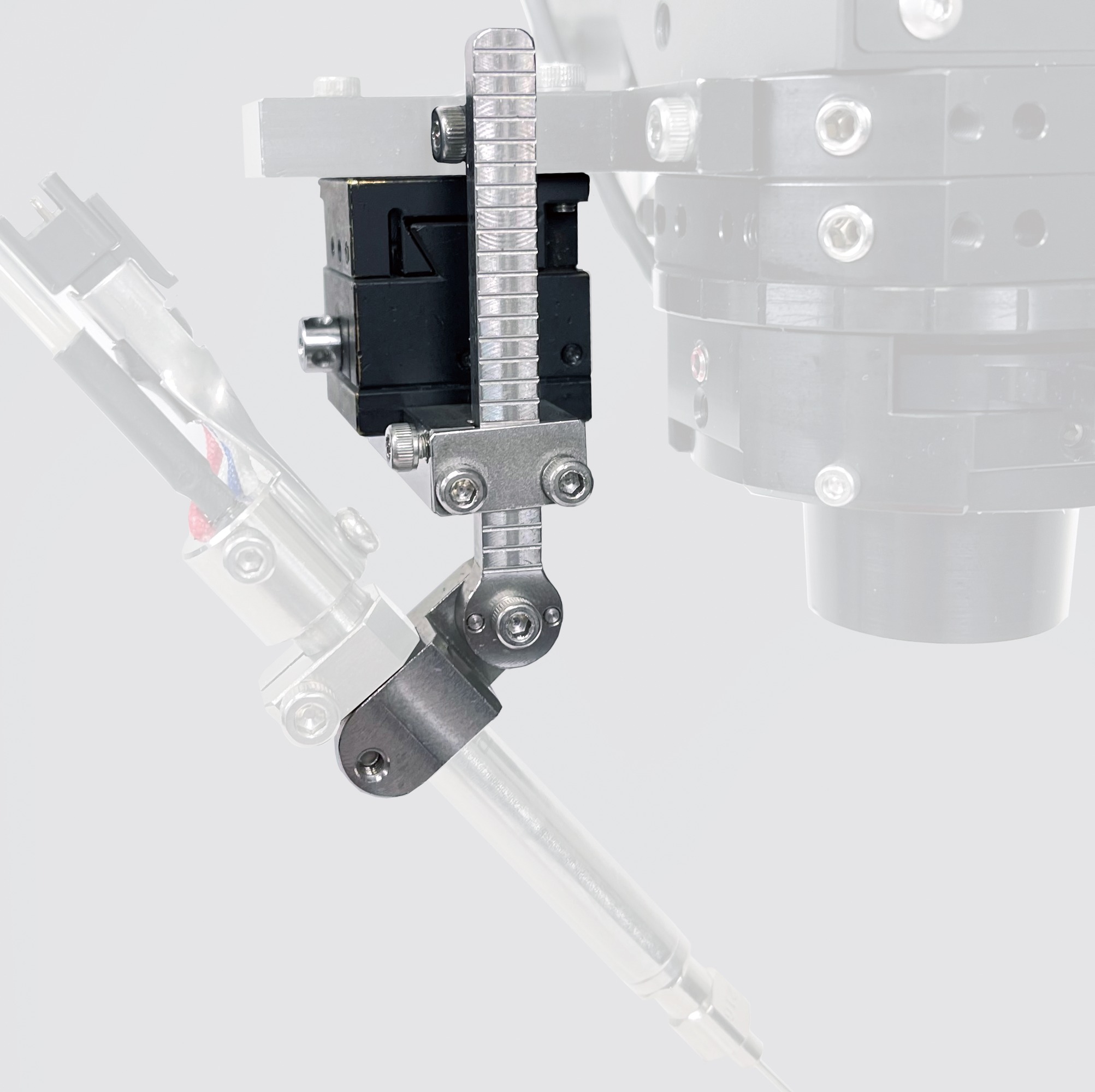
Lock-on Mechanism
for Laser
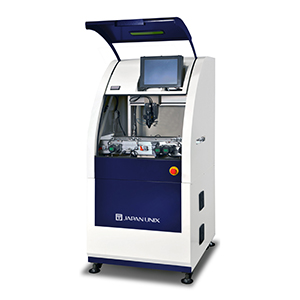
Multi-diameter Laser
Variable spot diameter
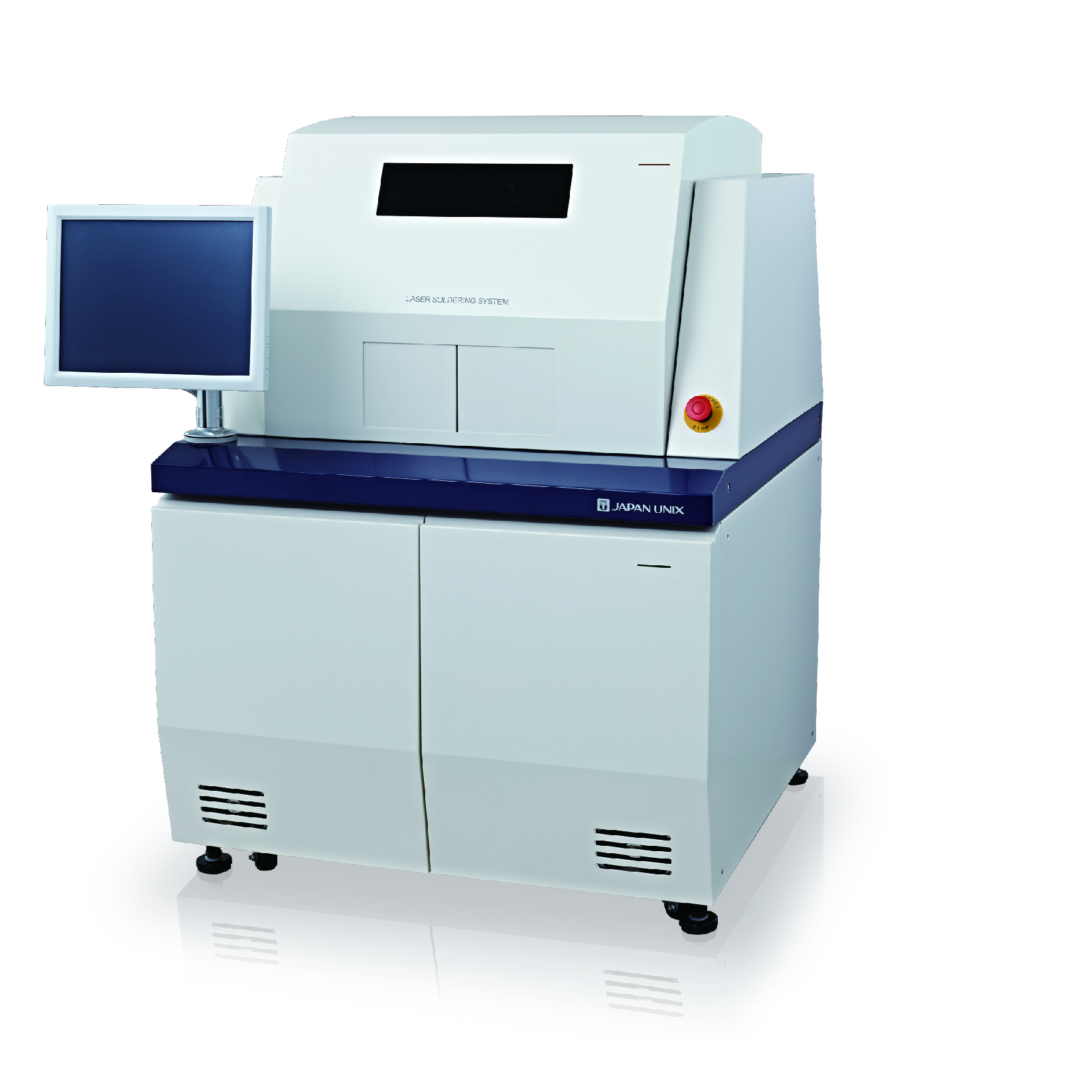
Flash Soldering
Double Speed” Laser Soldering
Robots
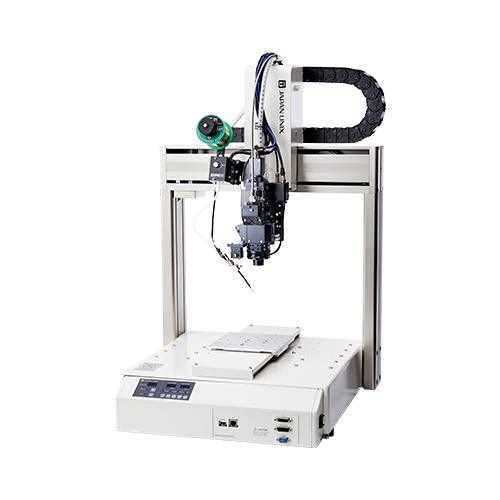
UNIX-DF Series
Desktop Type
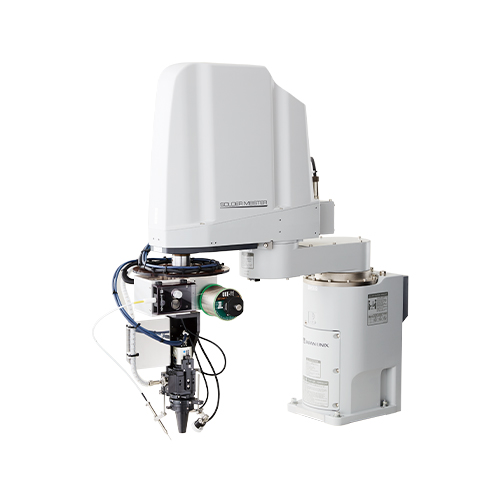
UNIX-FR Series
Horizontal multiple-Joint
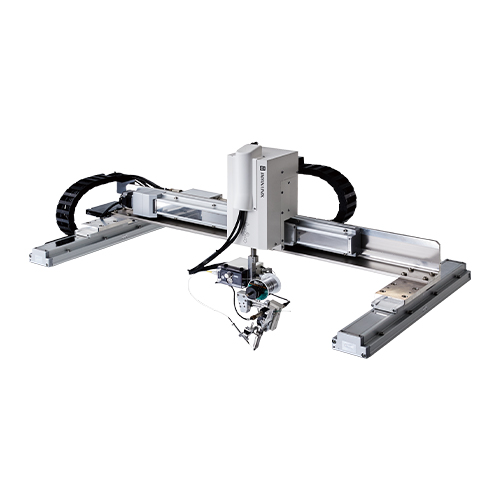
UNIX-GF Series
Gantry Type
Standard Configuration
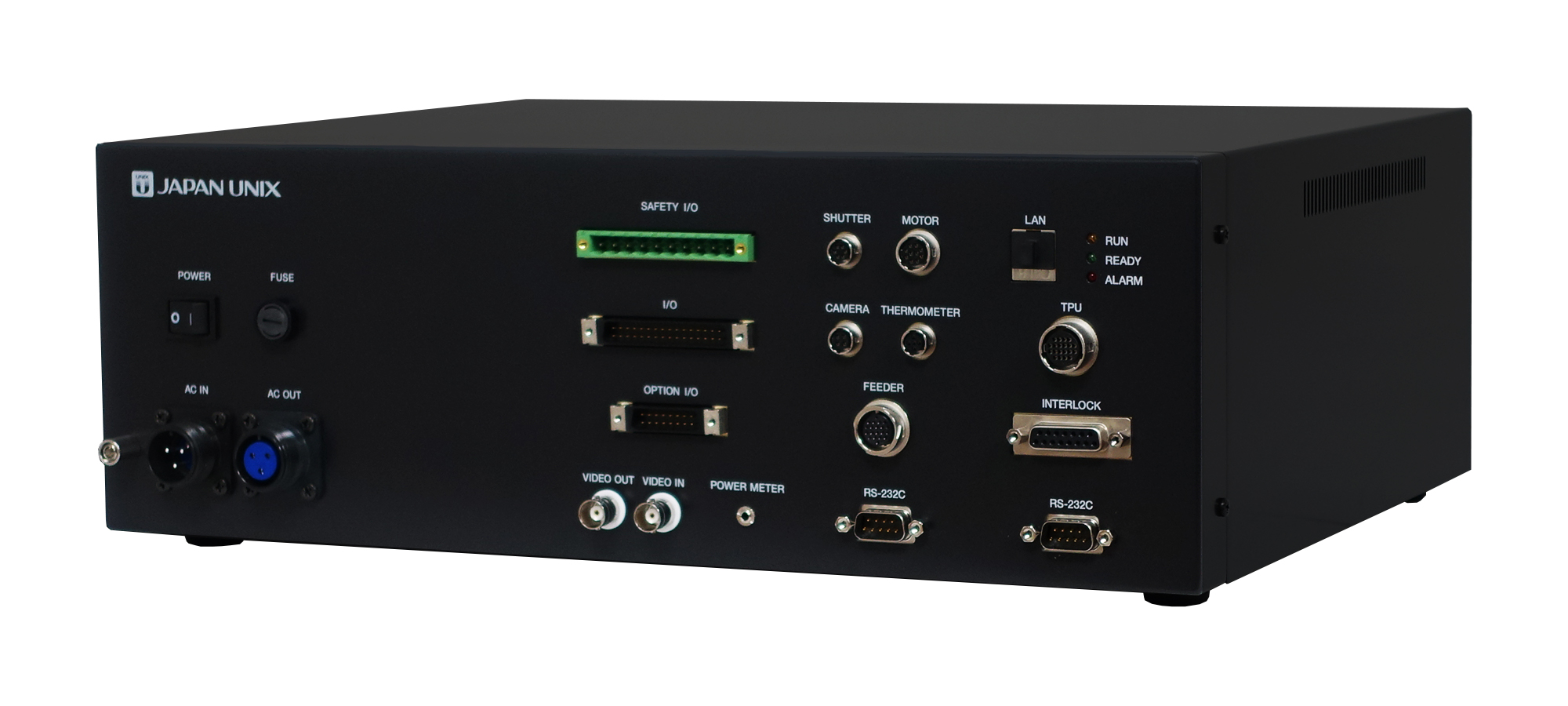
Laser Controller
ULD-02E
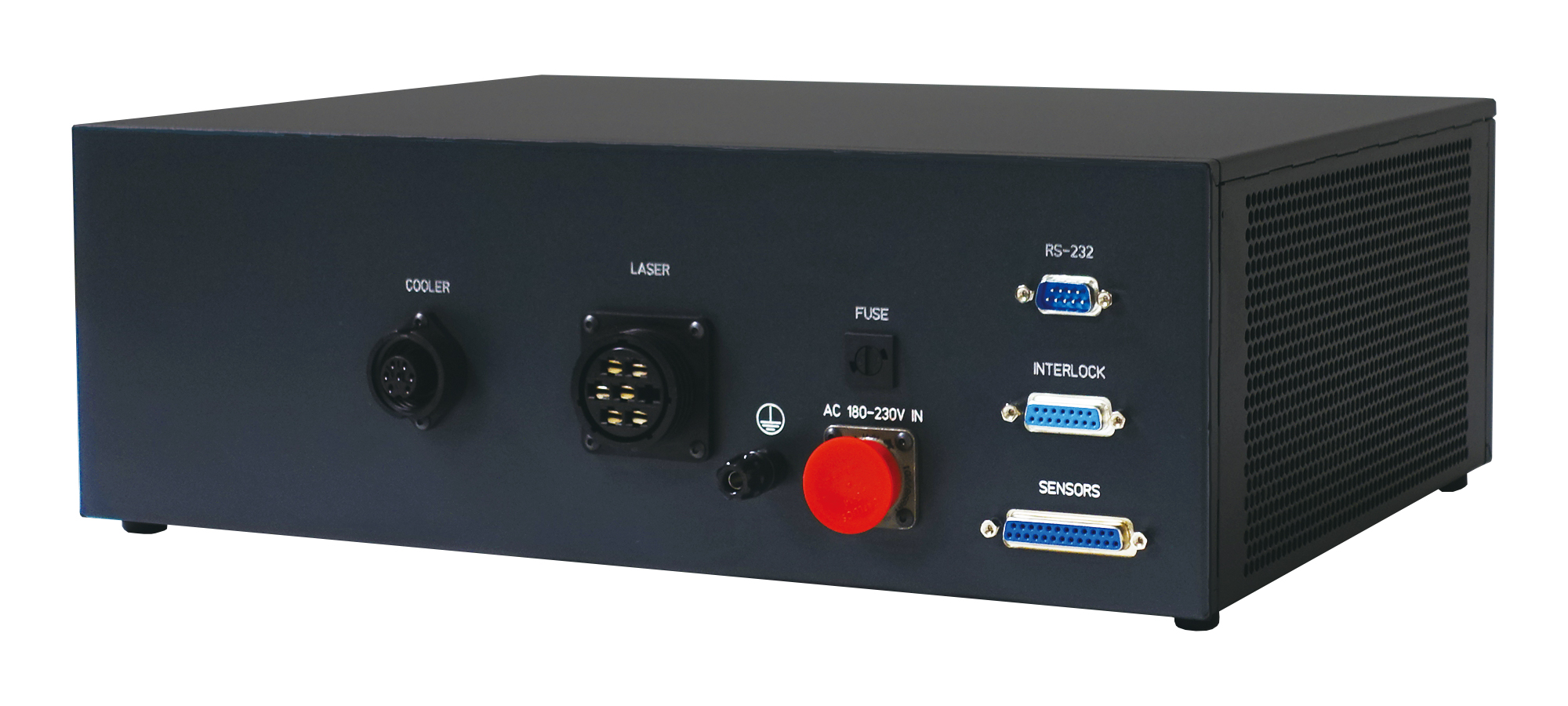
Laser Driver
ULD-02D
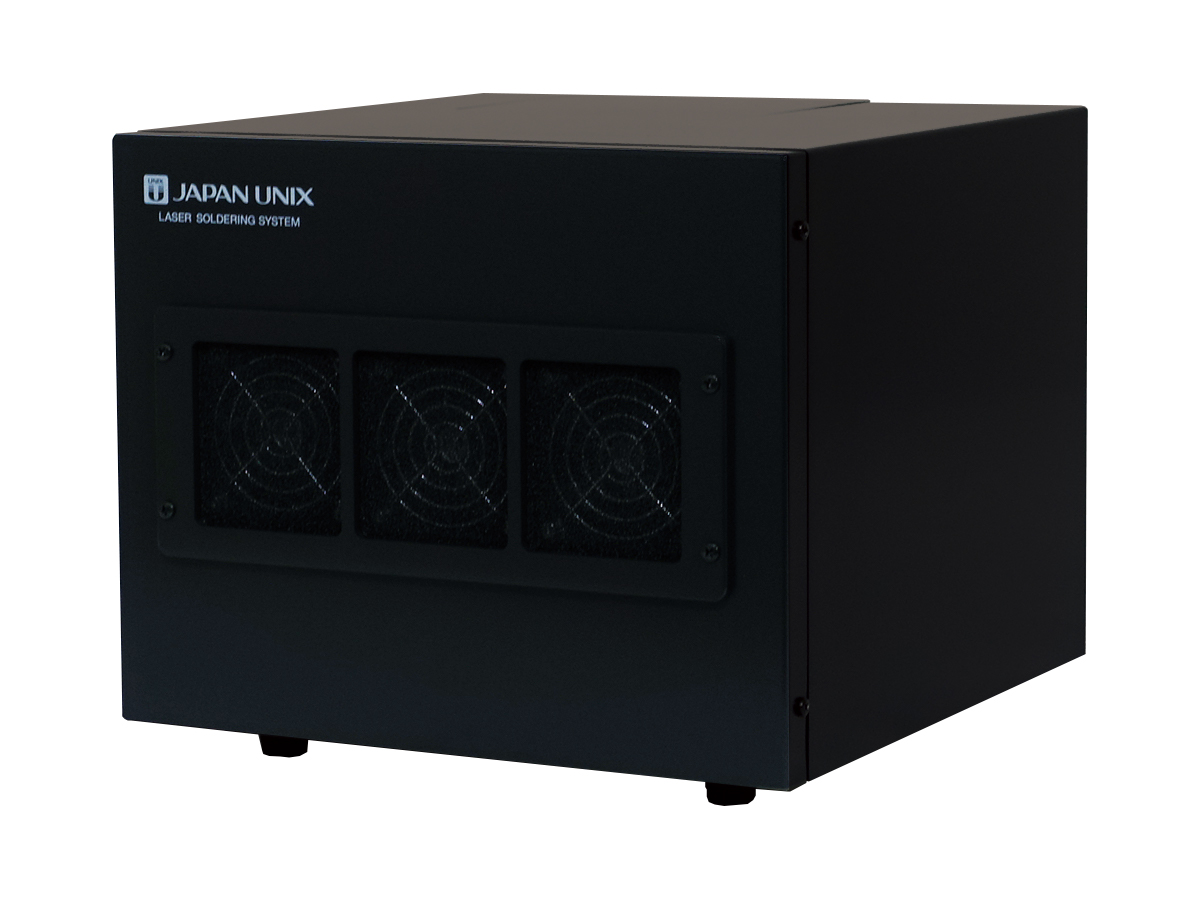
Laser Oscillator
ULD-02G
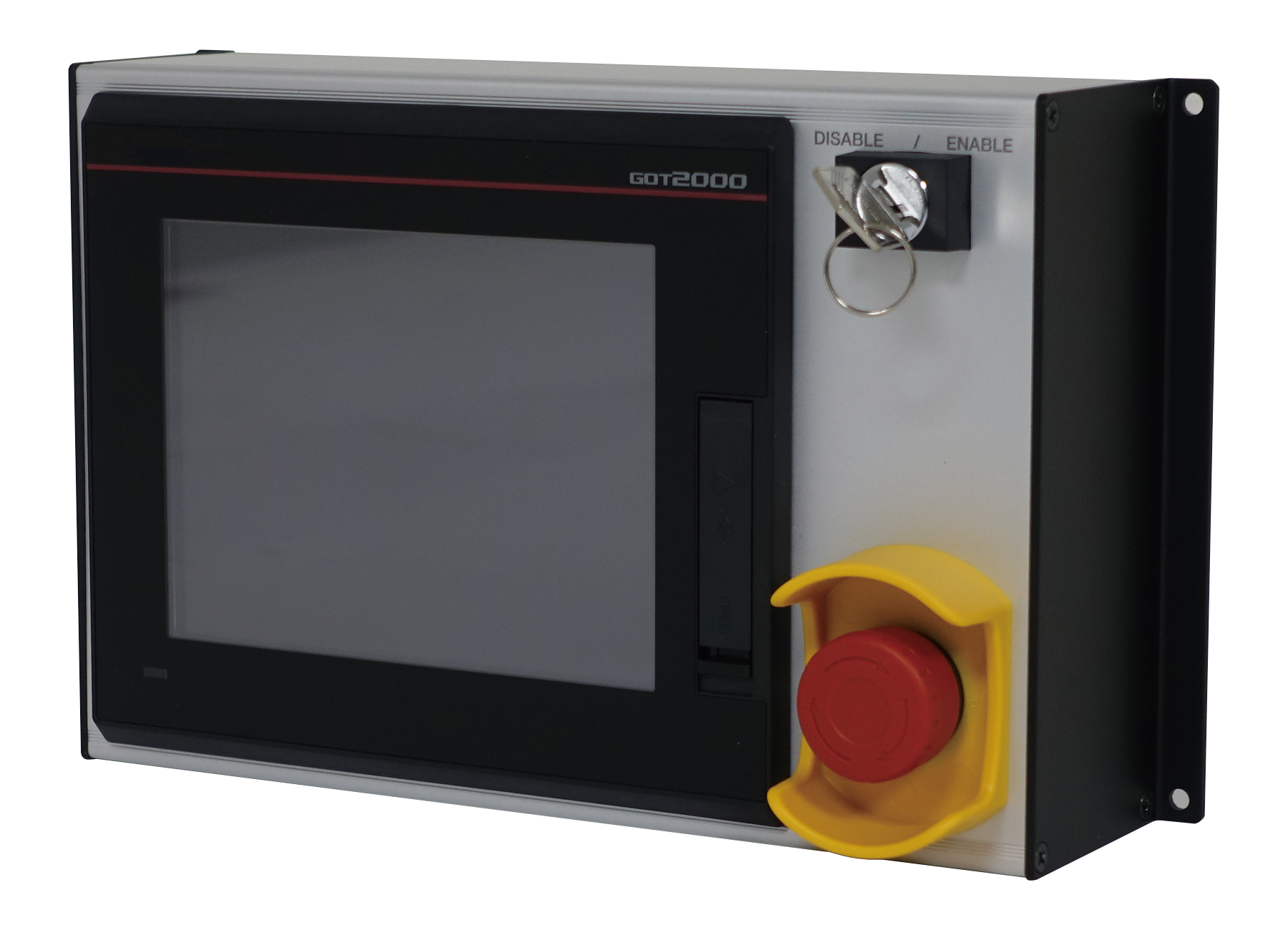
Touch Panel Control Box
ULD-TPU
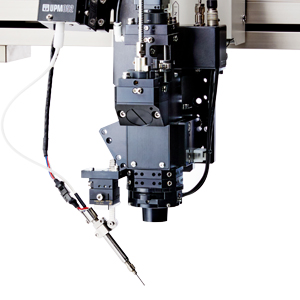
Laser Head
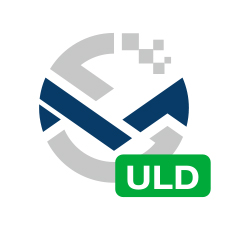
Soldering Manager
Free version for ULD-02
Reference Videos

Robotic Laser Solodering
Laser soldering irradiation scene
Assembly video of laser soldering of micro components. High speed and high precision soldering operation can be seen.

High power laser soldering
High Power Laser vs. Normal Laser Comparison Video
Laser soldering is now used not only for micro components and high-precision parts, but also for parts that require high heat capacity, such as automotive components.

 日本語
日本語 中文
中文 Deutsch
Deutsch Español
Español